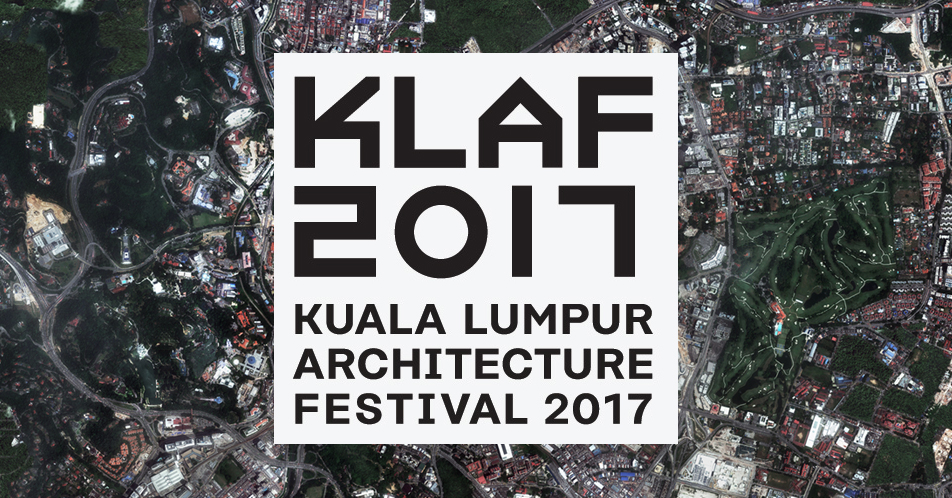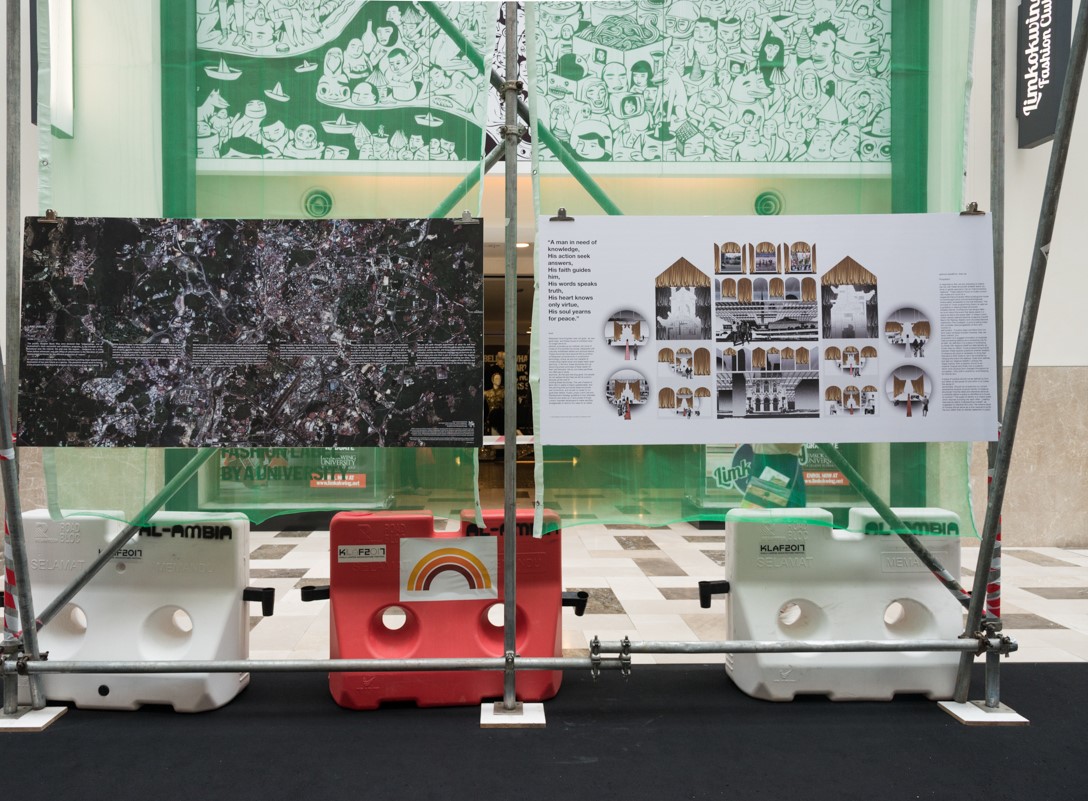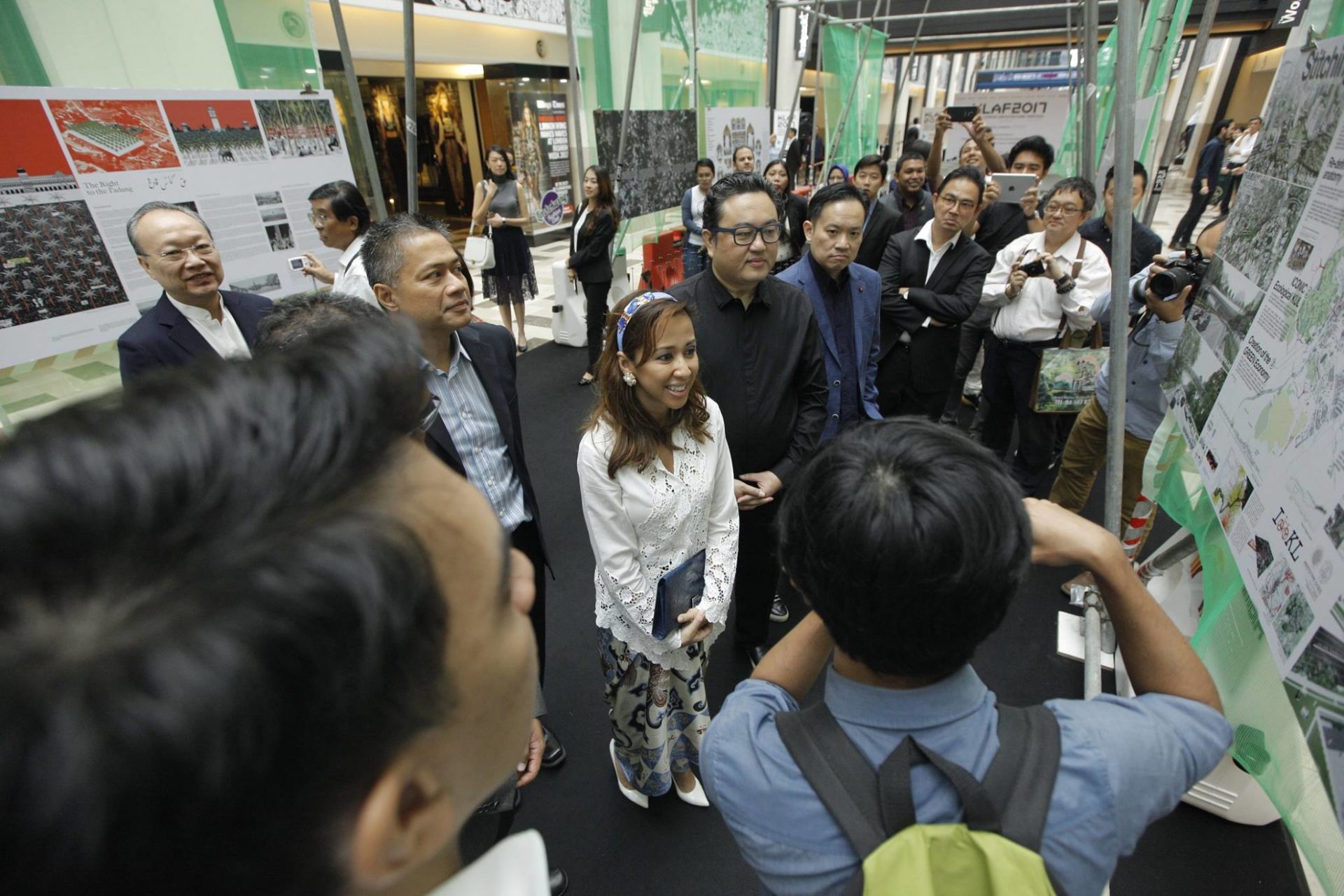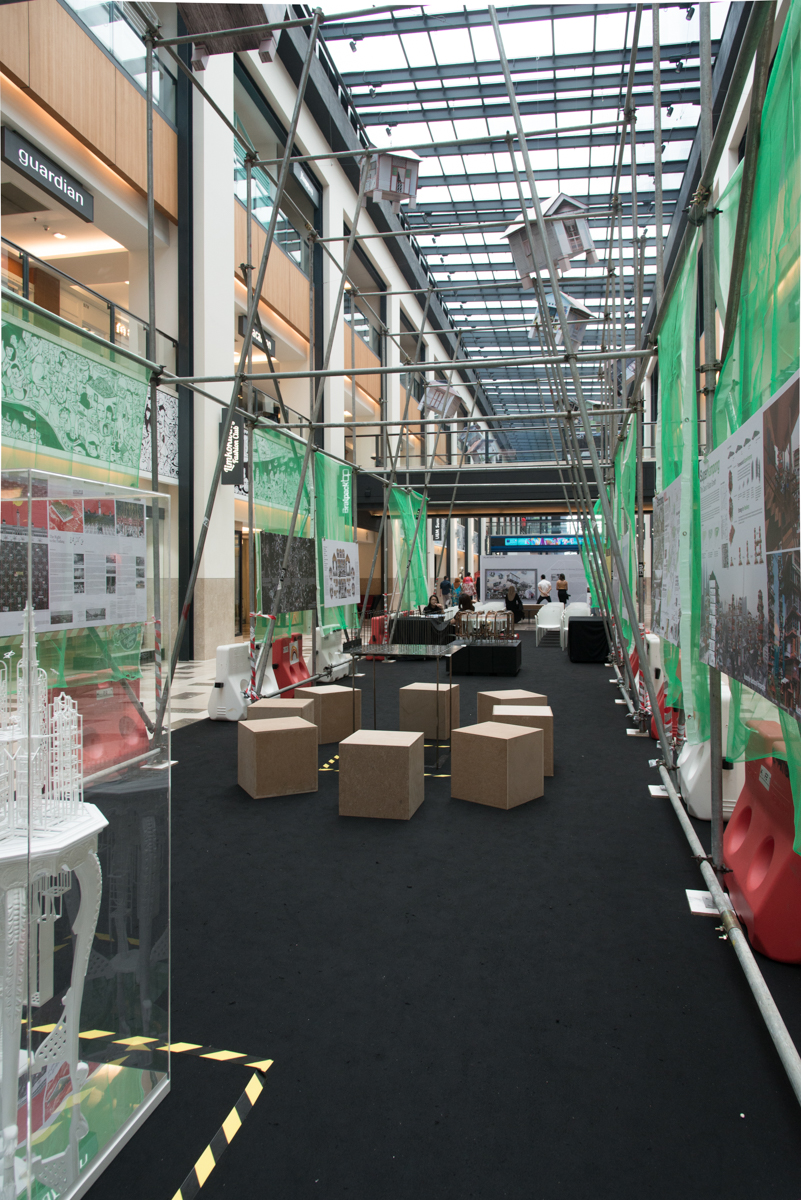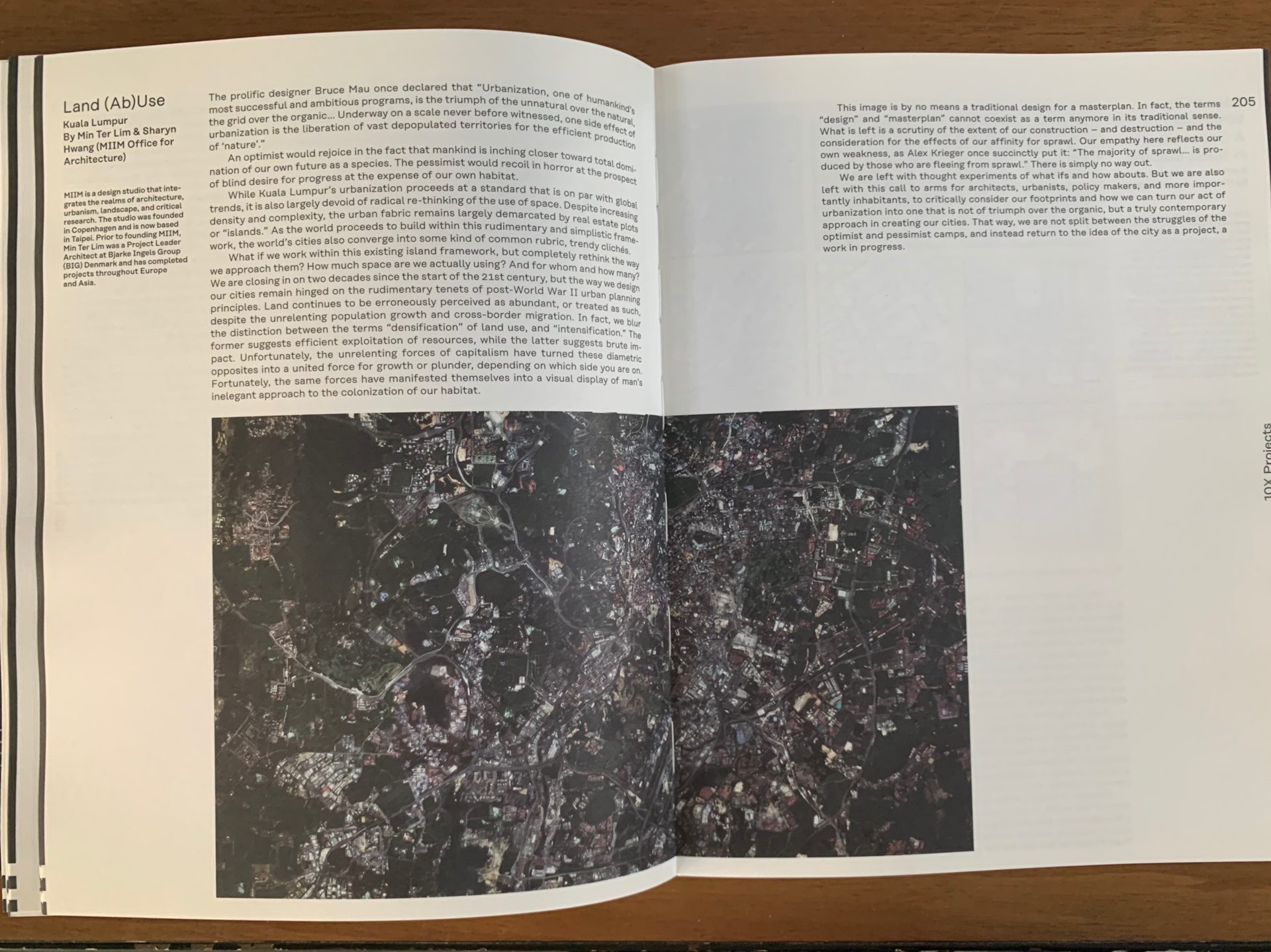Land (Ab)use: Kuala Lumpur Architecture Festival 2017
Land (Ab)use: Kuala Lumpur Architecture Festival 2017
LAND (AB)USE
The prolific designer Bruce Mau once declared that “Urbanization, one of humankind’s most successful and ambitious programs, is the triumph of the unnatural over the natural, the grid over the organic… Underway on a scale never before witnessed, one side effect of urbanization is the liberation of vast depopulated territories for the efficient production of ‘nature’.”
An optimist would rejoice in the fact that mankind is inching closer toward total domination of our own future as a species. The pessimist would recoil in horror at the prospect of blind desire for progress at the expense of our own habitat.
While Kuala Lumpur’s urbanization proceeds at a standard that is on par with global trends, it is also largely devoid of radical re-thinking of the use of space. Despite increasing density and complexity, the urban fabric remains largely demarcated by real estate plots or “islands.” As the world proceeds to build within this rudimentary and simplistic framework, the world’s cities also converge into some kind of common rubric, trendy clichés.
What if we work within this existing island framework, but completely rethink the way we approach them? How much space are we actually using? And for whom and how many? We are closing in on two decades since the start of the 21st century, but the way we design our cities remain hinged on the rudimentary tenets of post-World War II urban planning principles. Land continues to be erroneously perceived as abundant, or treated as such, despite the unrelenting population growth and cross-border migration. In fact, we blur the distinction between the terms “densification” of land use, and “intensification.” The former suggests efficient exploitation of resources, while the latter suggests brute impact. Unfortunately, the unrelenting forces of capitalism have turned these diametric opposites into a united force for growth or plunder, depending on which side you are on. Fortunately, the same forces have manifested themselves into a visual display of man’s inelegant approach to the colonization of our habitat.
This image is by no means a traditional design for a masterplan. In fact, the terms “design” and “masterplan” cannot coexist as a term anymore in its traditional sense. What is left is a scrutiny of the extent of our construction – and destruction – and the consideration for the effects of our affinity for sprawl. Our empathy here reflects our own weakness, as Alex Krieger once succinctly put it: “The majority of sprawl … is produced by those who are fleeing from sprawl.” There is simply no way out.
We are left with thought experiments of what ifs and how abouts. But we are also left with this call to arms for architects, urbanists, policy makers, and more importantly inhabitants, to critically consider our footprints and how we can turn our act of urbanization into one that is not of triumph over the organic, but a truly contemporary approach in creating our cities. That way, we are not split between the struggles of the optimist and pessimist camps, and instead return to the idea of the city as a project, a work in progress.
-
Client
Pertubuhan Akitek Malaysia (PAM) - Malaysian Institute of Architects
-
Location:
Kuala Lumpur, Malaysia
-
Year:
2017
Share project
